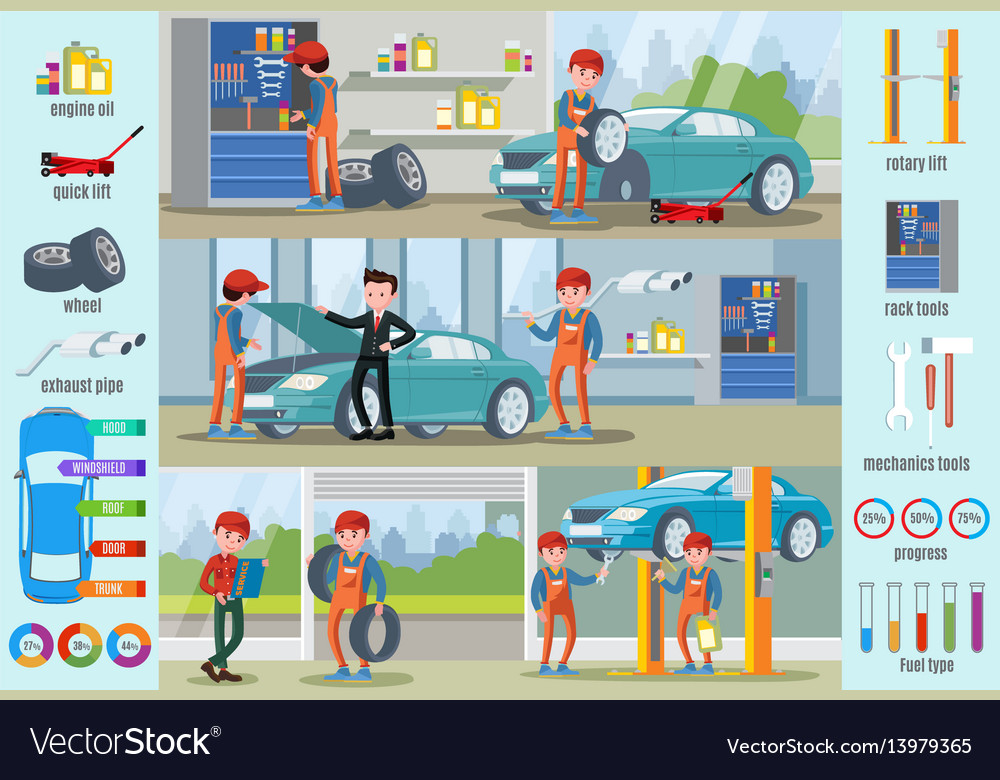A Newbie'S Manual For Interpreting Your Auto'S Alert Lights
A Newbie'S Manual For Interpreting Your Auto'S Alert Lights
Blog Article
Content Author-Fenger Drake
When you're behind the wheel, those little caution lights on your automobile's control panel can be quite complicated. What do they indicate, and should you be concerned? Understanding these signals is essential for your vehicle's well-being, yet it doesn't need to be a difficult job. By decoding the mystery behind each light, you'll be geared up to handle prospective issues successfully and keep your auto running efficiently. So, next time a warning light flashes, don't panic - arm yourself with understanding and take control of the scenario.
Value of Car Warning Lights
Understanding the value of your cars and truck's caution lights is essential for keeping your vehicle's health and safety. These lights work as your auto's interaction system, signaling you to potential issues that might threaten your safety on the road or result in expensive repairs if overlooked. By taking note of these cautions, you can deal with troubles early and protect against additional damage to your lorry.
Neglecting warning lights can lead to significant repercussions, such as engine failure, brake malfunctions, or perhaps crashes. These lights are made to inform you of issues varying from low tire pressure to engine malfunctions, giving you the opportunity to act before the circumstance intensifies. Routinely checking and recognizing these cautions can save you time, money, and guarantee your safety and security while driving.
Along with keeping you safe, responding without delay to advising lights can also assist extend the lifespan of your vehicle. By addressing issues at an early stage, you can protect against tiny issues from intensifying into significant repairs, ultimately saving you time and money in the future. Remember, your automobile's caution lights are there for a reason - don't disregard them!
Common Warning Lights and Meanings
When it pertains to driving your car, recognizing common warning lights and their definitions is important for your security and lorry maintenance. Here are website of common caution lights you may experience:
1. ** Check Engine Light **: This light indicates an issue with your engine. It could be something minor like a loose gas cap or something much more significant like engine misfiring.
2. ** Battery Light **: This light signals a problem with your vehicle's charging system. It can show a malfunctioning battery, generator, or various other relevant components.
3. ** Oil Stress Light **: When this light comes on, it suggests your engine may be running low on oil or experiencing reduced oil stress, which can cause engine damage otherwise attended to without delay.
4. ** Brake System Light **: This light suggests a problem with your braking system. It might suggest low brake liquid degrees or a problem with the brake system that needs prompt attention.
Understanding these common caution lights will aid you determine potential concerns early and prevent even more considerable troubles down the road.
Just how to Reply To Warning Lights
In the event that a warning light illuminates on your car's control panel, it's crucial to react without delay and properly. When a caution light begins, the initial step is to consult your owner's guidebook to recognize the particular problem suggested by the light.
Some lights need immediate attention, while others might suggest a less urgent issue. If the warning light is red or flashing, it's normally an indication of a significant problem that requires immediate activity. In such situations, it's recommended to pull over safely, turn off the engine, and look for professional help.
For yellow or orange caution lights, while they might not need immediate focus, it's still crucial to address the underlying problem quickly to stop additional damages. Normal maintenance and examination can aid stop advising lights from beginning suddenly.
auto repair near me , comprehending your cars and truck's caution lights is critical for keeping your vehicle's health and safety. By routinely inspecting and reacting to these warnings, you can attend to prospective concerns early and protect against costly repairs or safety threats. Keep in mind to consult your owner's manual for details on various warning lights and constantly take instant activity for red or blinking lights. Stay positive and maintain your automobile running smoothly!
